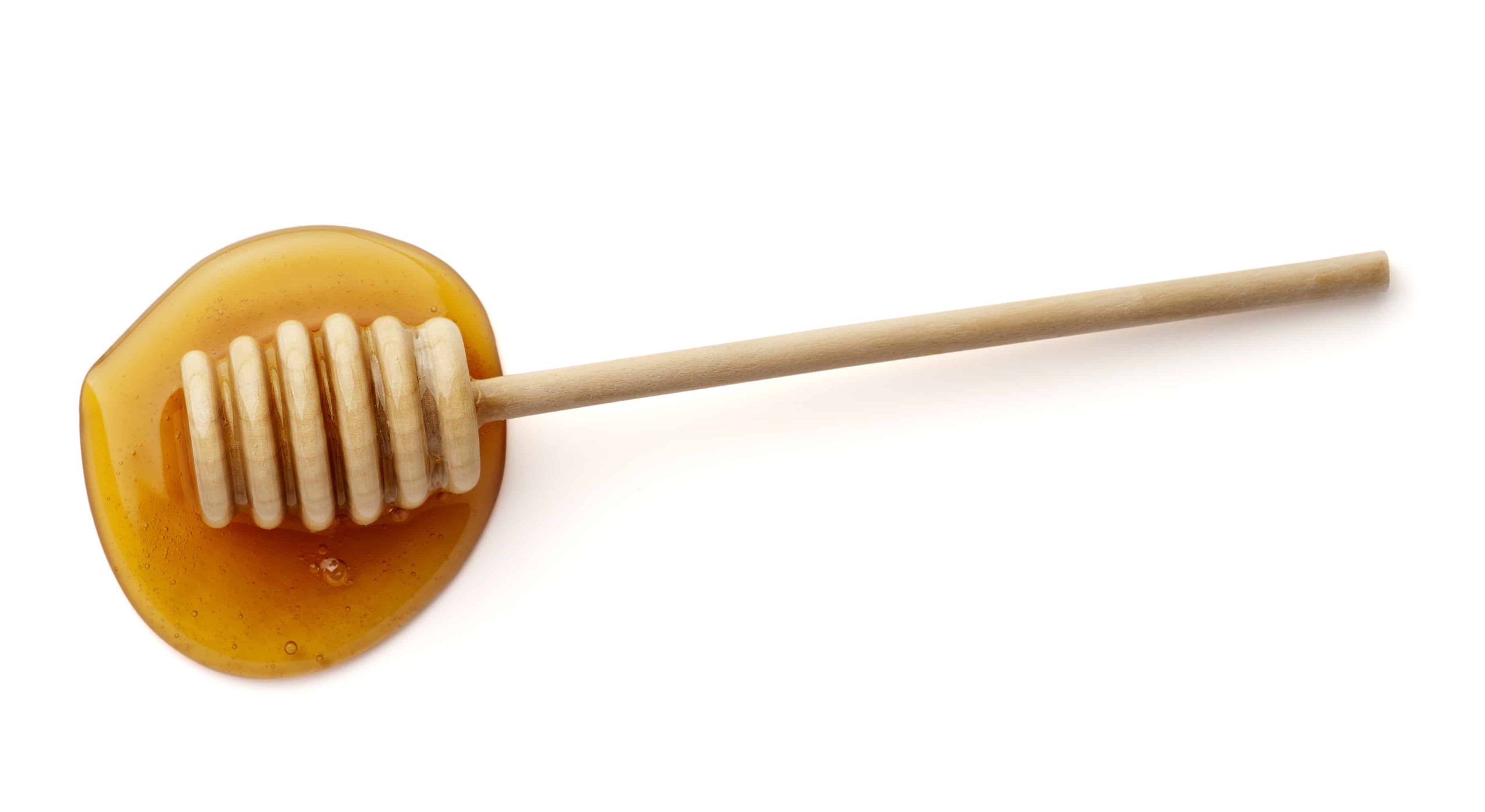Graphene is made commercially from graphite as multi layers of nanoplates. The highest quality graphene is monolayer however this is expensive to make. A new process has been developed that can make monolayer graphene with very high yield, all it takes is a drop of honey.
Graphite and graphene nanoplates
The National Physical Laboratory (NPL) in the UK has introduced some welcome clarity in the graphene market by creating standard definitions for graphene nanoplate products.
Bulk graphite: More than ten graphene layers stacked
Few-layer graphene (FLG): Two-dimensional material consisting of three to ten well defined stacked graphene layers
Bilayer graphene (2LG): Two-dimensional material consisting of two well-defined stacked graphene layers
Monolayer graphene (1LG): A single layer of carbon atoms with each atom bound to three neighbours in a honeycomb structure
Graphene nanoplate quality spectrum
Generally the fewer the layers the better the quality. However quality of graphene means different things to different people. It depends on the application.
For example, if you are trying to make a road surface stronger and last longer then cheaper ground graphite may be good enough. If you are in the business of making sensors then monolayer graphene will be essential.
Cost and quality
To make monolayer graphene from graphite requires a lot of time and careful preparation. As a consequence monolayer graphene is the most expensive product. So when I heard that about a new method for making monolayer graphene, I thought you might be interested too.
The new method
A team at Lanzhou University in China reported in a new study a green, simple, low-cost method for preparing high-quality graphene with a high yield of ~91% on a three-roll mill by using natural honey as exfoliating media.

The team said that ‘During the exfoliation of graphite, the viscous medium passes the energy from three rolls mill to graphite in the form of exfoliation, which obtains mono and few layers of graphene due to the sliding between the layers of the graphite.’
This means that the effective exfoliation can only occur if the surface energy of solvent close to that of graphite and the net energetic consumption is very small.
How the new process works
The team started with graphite powder and added honey in a 1:8 ratio. Then they stirred this at 200 rpm to 10 minutes. The mixture was fed in to the centre roll of a three-roll mill. They kept the temperature and humidity constant. After the 5 hours of processing they washed the mixture with distilled water and centrifuged the suspension to collect the monolayer graphene.
The team found that as well as making high quality graphene the process also produced a very high yield, over 90% that contains over 97% monolayer graphene.
So what does all this mean?
The Chinese team have found a process that makes high quality and high yield monolayer graphene. Because the exfoliating liquid is honey this is a ‘green’ process too. This is a relatively straightforward method and this points to a good potential to be scaled. If this process can be taken from the laboratory to the pilot scale then commercial success should follow.




Leave a Reply